By Vincent Dorrington
From the late 1870s the new craze of lawn tennis swept across Britain. The Wimbledon championships were born in 1877.
“Anyone for tennis?” could be heard everywhere from those with the leisure time to enjoy the game.
By 1883 the tennis craze had made its way to Huddersfield when ‘The Moorlands Lawn Tennis Club’ was formed in Coal Pit Lane, Mount. This was the first lawn tennis club in Huddersfield.
Club minutes dating back to 1883 reveal the origins of ‘The Moorlands.’ They tell of how young Edgar Gledhill and his sister Lillian, of the Woodlands, Lindley Moor Road, asked Hirst Ainley to found a tennis club in Mount/Outlane.
At the time Hirst Ainley was the co-owner of the Wappy Spring Inn and Brewery. He was fit, young and eager to become involved.
Mr Ainley was the leading social light in Mount and seemed the obvious choice to turn the idea of playing tennis in the area into a reality.
A committee, with eight members, was formed after numerous meetings at the Woodlands. Hirst Ainley was made president of the new tennis club.
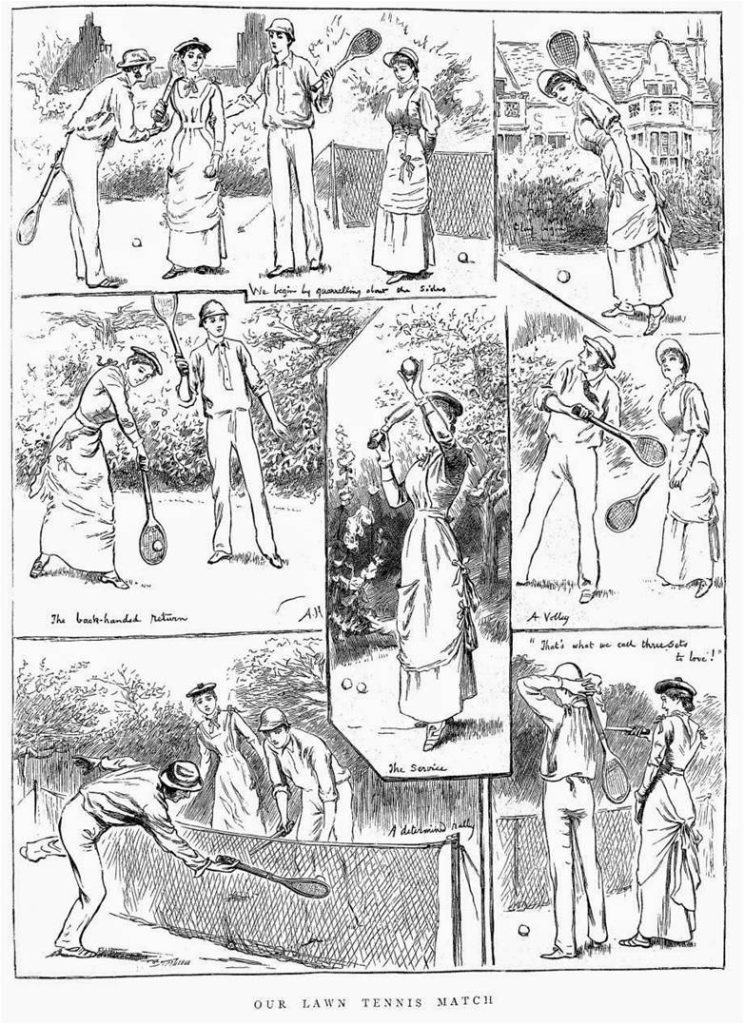
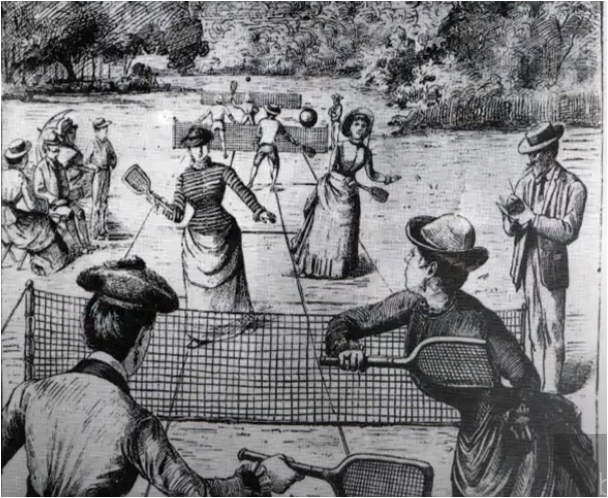
A constitution with membership terms was drawn up. Members were to pay a yearly five shilling subscription – a tidy sum that only the well to do could afford.
The treasurer and secretary were authorised to buy a net, posts, six balls and four racquets – things seemed to be moving at a pace.
To celebrate this auspicious start, Edgar Gledhill’s father allowed a celebratory tennis match to be played on his grounds of the Woodlands mansion.
A cottage in the Woodlands yard acted as both a changing room and a place to store all the tennis equipment.
Committee member Mr F. Gee was instructed to lease a field, at a price of £3 a year on Coal Pit Lane. He had to level the ground so that tennis was possible.
Mr Gee also had to provide a hut for storing playing materials on the grounds. Later this became the main tennis pavilion.
The tennis club was to be called ‘The Moorland’s Lawn Tennis Club’ but the popular name given to it was ‘The Moorlands.’
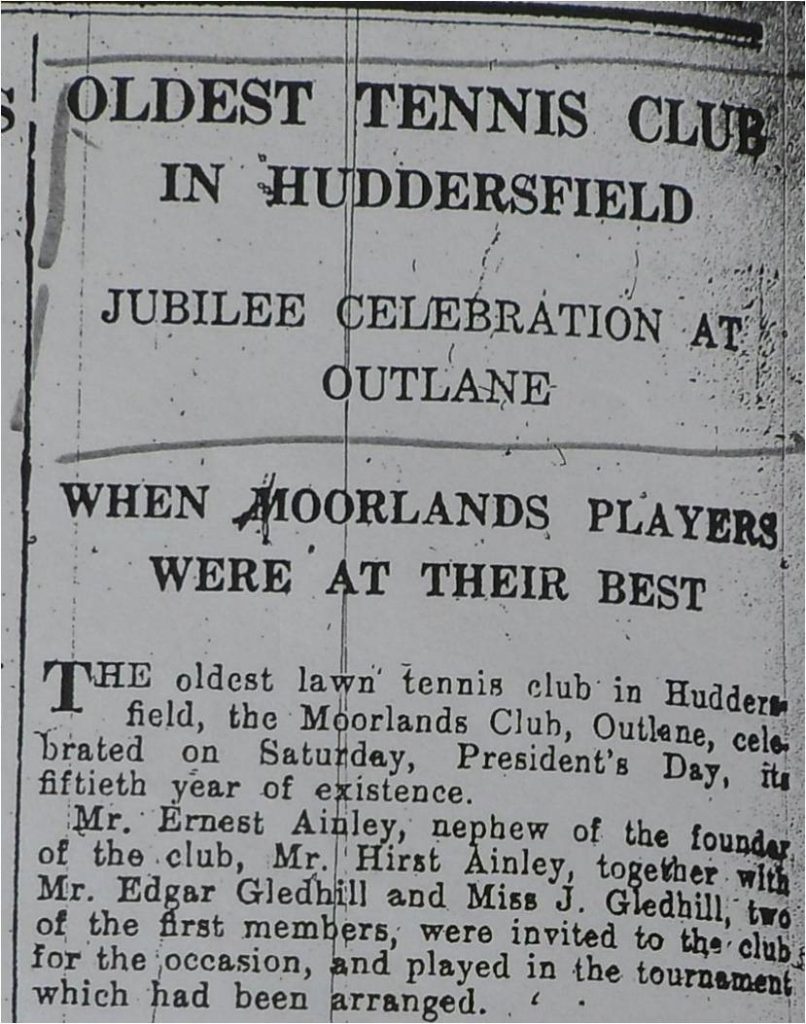
Other areas of Huddersfield quickly followed the example of ‘The Moorlands.’ All clubs became affiliated to the Yorkshire Lawn Tennis Association.
At first players had to live within one mile of the club premises to be able to play for their local tennis club. Any people who were caught trying to play on Sundays were excluded from all tennis clubs.
Lawn tennis in the late 1800s and early 1900s was rather different from the tennis of today. Many croquet clubs adapted their manicured lawns for tennis courts.
‘The Moorlands’ was known to have two good grassed tennis courts. Early nets were 5ft high at the posts and 3ft high in the middle.
Serves had to be underhand at first. Matches were called ‘rubbers’ and the best of three sets won the match/rubber.
The total number of sets and games played by the competing teams was also recorded. Sometimes a losing team in rubbers had won more games in total.
Match days had a genteel appeal to them with a tea being provided after games. Prizes were then given out for best lady, best man and second best lady and man.
Pride of place was given over to the annual garden parties when couples from outside the Mount area were invited to enjoy the celebrations and take part in mixed tennis games.
Women participated in the sport from its earliest days. At The Moorlands Tennis Club, Lillian Gledhill and the sister of Hirst Ainley led the way.
Later other women from the Ainley and Gledhill families played a leading role in bringing playing success of ‘The Moorlands.’
A link between the rise of female emancipation and tennis can clearly be seen. The Huddersfield Examiner had to concede that some ladies’ play was “…in a style that is quite beyond the reach or the ambition of good men players.”
How this was possible with women taking to the courts with long skirts, hats and even corsets remains a mystery.
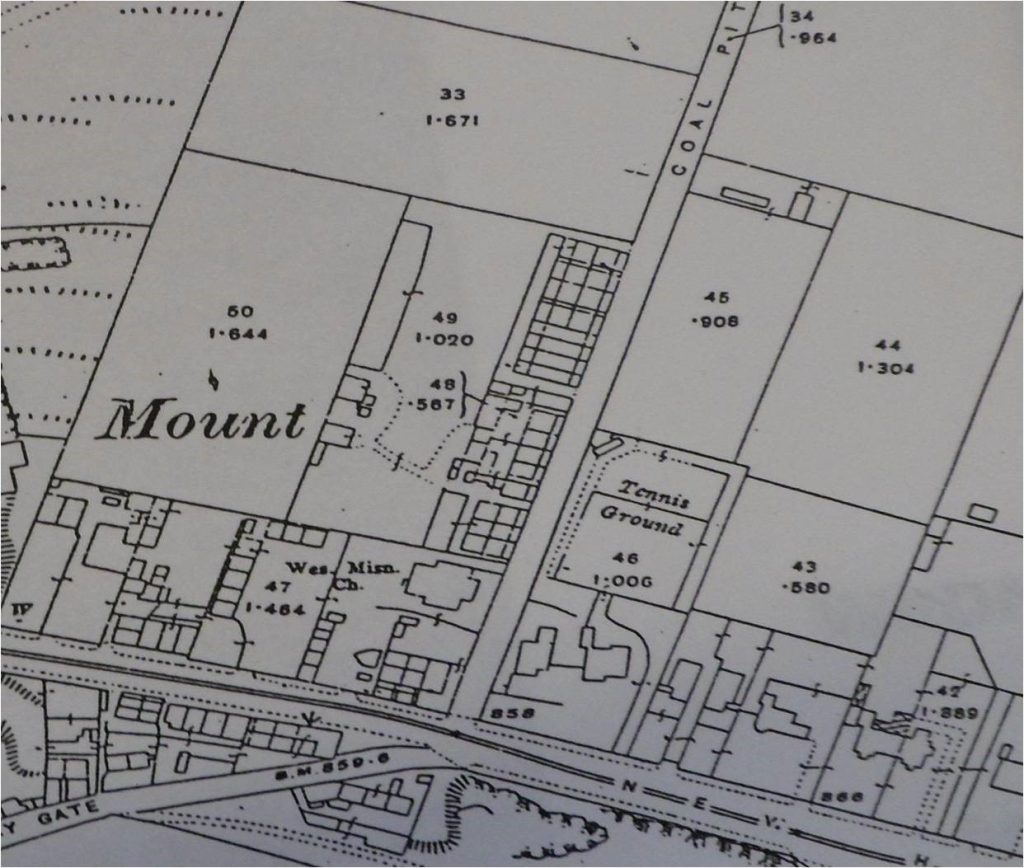

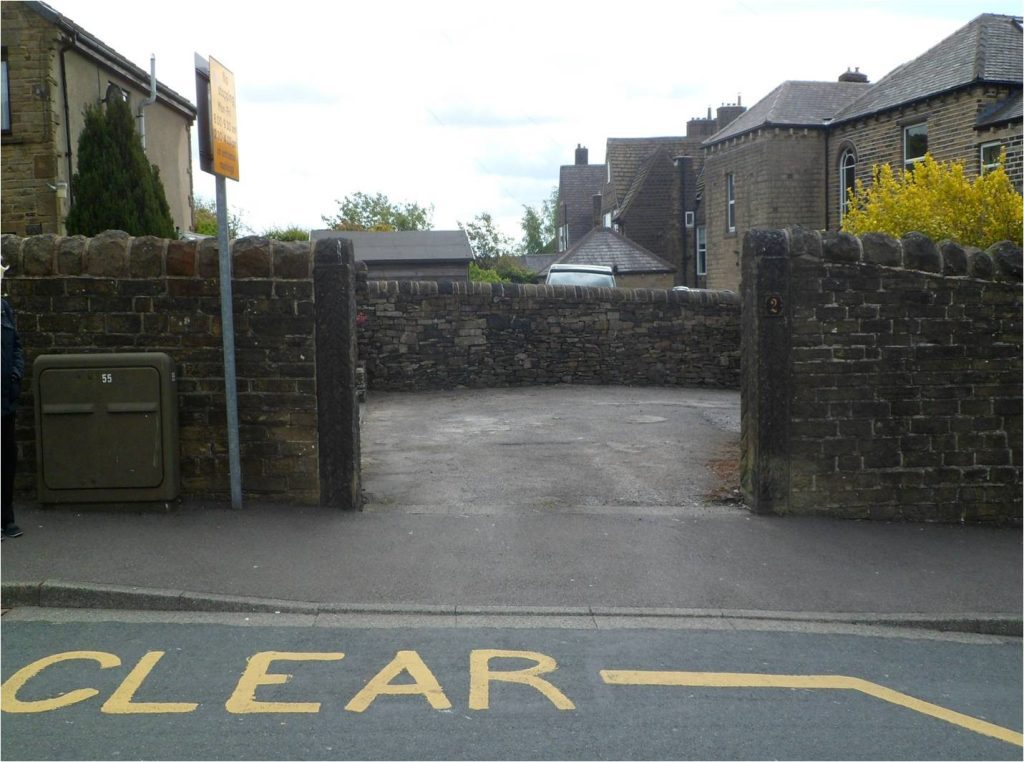
Tennis columns in the local press from the early 1900s throws up some intriguing attitudes about lawn tennis.
“Downright duffers, unless they can find birds of their own feather, ought not to play at all: and when they do, they ought to do it when no one is looking.”
Further words of wisdom stated the game was best played by women under the age of 30. Men who played over the age of 45 were considered to be taking risks with their health.
Moderation was advised best for older people and “those who were once champion players have to be satisfied with looking on.”
Further comments from the time makes for further interesting reading. “Old-fashioned people, with a tendency to austerity, are doubtless of opinion that it is very bad for girls to expose their bodies to such continuous strain as unquestionably attends day after day of hard playing.”
Before rushing to make judgements we need to be mindful that lawn tennis was a new sport whose physical demands were not fully understood.
Local papers covered the weekly Saturday matches. The Moorlands Lawn Tennis Club had a great rivalry with Almondbury, Golcar and Greetland.
From its start the club produced good players but like most tennis clubs it lost some of its athletic young men during WW1. One of these was John Hirst Ainley (son of the club’s first president) killed at the age of 19 in the final year of the war in 1918.
After WW1 the club was at its strongest when Fred Roberts and Edgar Gledhill were playing. As doubles partners they were said to be almost invincible in matches.
Could this Edgar Gledhill be the same Edgar Gledhill who allowed his house, the Woodlands, to witness the founding of Huddersfield’s first lawn tennis club?
Other top players in 1920s were Lewis Clifford, Frank Brierly, P W Brierly, C E Watkinson, W H S Ainley, J Thornton, Earnest Ainley and Percy Balmford.
Little is known about The Moorlands from the 1930s but it seems that it fell into decline. The quality of players was not as good as it had been in past generations and it became harder to attract members.
A new age of younger people started playing tennis on municipal courts, like Greenhead Park which opened in 1927. The time of Victorian and Edwardian sporting institutions no longer seemed relevant.
World War Two appears to have hastened the demise of the club. An aerial photograph taken in 1948 shows it had fallen into disuse with no sign of the tennis courts or pavilion. Time was up – game, set and match – for The Moorlands Lawn Tennis Club.
Little trace of the old tennis club can be found today. Four modern homes stand on its former grounds in Moorlands Road, Mount.
The sound of racquet on ball has long gone but its legacy remains as thousands of people in Huddersfield continue to enjoy playing tennis.


















